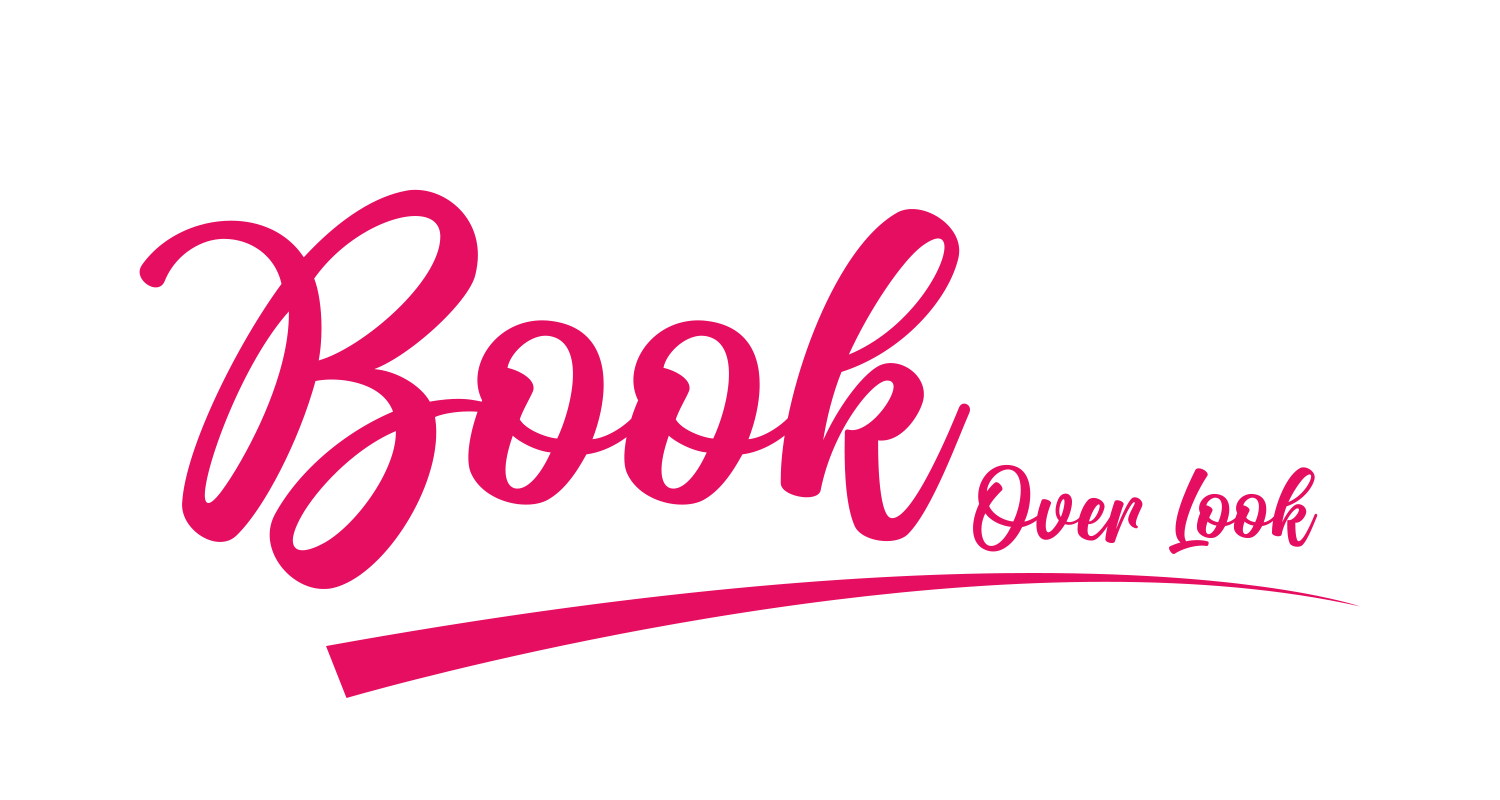In many organizations, decision makers stand on a balcony overlooking a fast-moving factory floor. The work below never truly pauses as customer activities, market signals, resource usage, and performance targets shift throughout a typical week. Tactical dashboards serve these viewers on the balcony. They are not telescopes for long-term vision or microscopes for deep root-cause diagnostics. Instead, they act as binoculars tuned for short distances, offering crisp awareness of what is happening right now and how today compares with yesterday.
To understand these dashboards, imagine a busy harbor. Ships enter and exit while tides change and winds shift. A harbor master needs tools that reveal real-time direction, traffic levels, and operational tempo. Tactical dashboards play that role for middle management. They help identify currents, bottlenecks, and quick adjustments that keep performance steady and responsive.
Reading the Situation Rather Than Defining the Landscape
Tactical dashboards are designed to make sense of the present. While strategic dashboards help executives chart the future and operational dashboards track individual tasks, tactical dashboards sit in the middle. They focus on understanding short-term patterns such as weekly sales fluctuations, daily production variance, or hourly shift performance.
Picture a coach analyzing a match in progress. They do not redesign the entire playbook during the game. Instead, they watch patterns unfold: which wing is weak, which player is fatigued, where the opponent seems faster. Tactical dashboards serve similarly, offering clues that inform quick adjustments rather than long-term resets.
These dashboards simplify complexity without flattening it. They highlight signals over noise, color over clutter. Middle managers rely on them to ask the right questions such as: Are we trending upward? What has changed since last week? Which department is struggling today?
The Bridge Between Teams and Strategy
Tactical dashboards often become a shared reference point across departments. Sales teams align with marketing on short-term lead quality shifts. Operations teams coordinate with logistics when throughput dips unexpectedly. Finance partners with procurement to track week-to-week cost variations.
In many organizations, professionals who strengthen their ability to interpret and present tactical dashboards often emerge as strong cross-functional leaders. This is why many working professionals choose programs like a data analytics course in Kolkata to refine their ability to convert short-term data signals into guiding insights that are easy to communicate.
Tactical dashboards encourage collaborative thinking. Instead of promoting isolated data views, they create a common window to performance. This shared clarity reduces blame, aligns priorities, and helps teams act quickly with confidence.
Seeing Performance Comparisons as Patterns in Motion
Tactical dashboards excel at comparison. Not just levels, but rates. Not just totals, but trajectories. When middle management compares departments, shifts, product lines, or market segments, they look for patterns that move over time.
A well-designed tactical dashboard uses:
- Slope rather than only absolute numbers
- Rolling averages rather than one-time spikes
- Color transitions rather than static labels
- Trend-based alerts instead of reactive notifications
Imagine a music conductor listening not just to individual instruments but to tempo changes. Tactical dashboards allow managers to sense rhythm. If the pace slows in one area, the dashboard highlights the difference. If performance accelerates unexpectedly, it becomes a cue for supportive intervention or celebration.
The key is movement, not snapshots. Tactical dashboards highlight that performance is alive, breathing, and ever-shifting.
Developing Skills to Interpret and Act on Tactical Dashboards
Designing a tactical dashboard is only half the task. Interpreting it with judgment is where value is created. Teams that excel at tactical decision-making establish weekly routines, structured review cycles, and playbook-based responses to common patterns.
Professionals seeking to improve this skill often enroll in training such as a data analytics course in Kolkata to learn how to differentiate between meaningful variation and random noise. The ability to interpret short-term trends without overreacting is a managerial maturity that prevents constant oscillation in decision making.
Additionally, tactical dashboard users must:
- Avoid reacting to every spike or dip
- Look for recurring patterns rather than isolated moments
- Understand operational context before making comparisons
- Communicate insights visually and verbally with clarity
When done well, a tactical dashboard becomes a calm voice amid weekly turbulence.
Common Pitfalls to Avoid
Even the best dashboards can mislead when misused. Some frequent challenges include:
- Overloading visuals
- Too many charts make the dashboard harder to interpret when quick decisions are necessary.
- Chasing anomalies
- A single-day drop does not always justify action. Patterns need consistency to be meaningful.
- Ignoring external variables
- Seasonality, staffing changes, or market events can shift trends in ways the dashboard alone cannot explain.
- Over-personalizing performance views
- Tactical dashboards should focus on systems and processes, not individuals.
Avoiding these pitfalls ensures that tactical dashboards remain a lens of clarity, not confusion.
Conclusion
Tactical dashboards empower middle management to maintain balance amid rapid movement. They capture short-term performance trends, support comparison across teams, and enable adjustments before challenges become critical. By emphasizing movement, rhythm, and situational awareness, they provide a real-time picture of organizational health.
Just like a harbor master watching shifting tides, middle managers who use tactical dashboards well are able to guide their teams smoothly through daily operations. Tactical dashboards are not merely tools of measurement; they are instruments of coordination, awareness, and thoughtful response.
They turn the present into a readable story, allowing organizations to steer with purpose in every passing moment.

